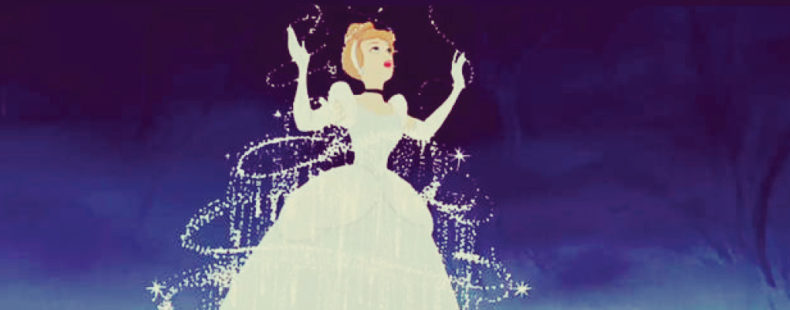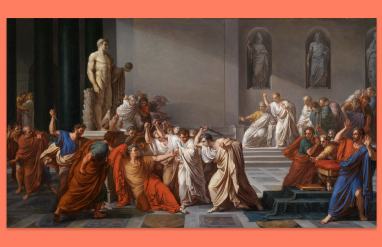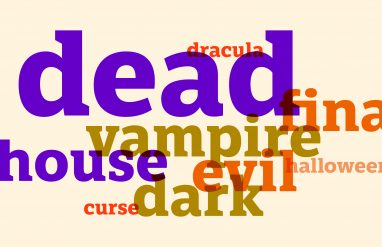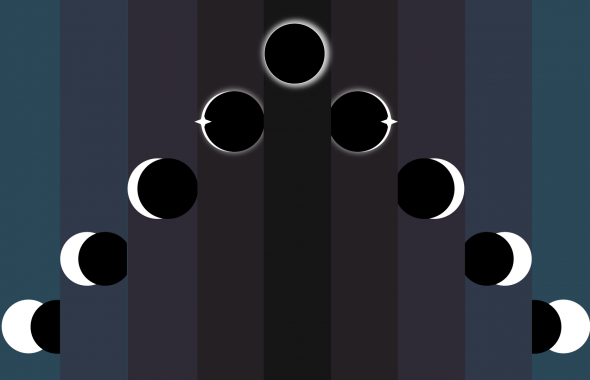The Cinderella that English speakers know and love can be traced to the French story Cendrillon, first published in 1697 by Charles Perrault, though Chinese and Greek versions of this classic tale go back to the 9th century CE and 6th century BCE, respectively.
Today, there are over 500 variants of Cinderella in Europe alone. It’s no surprise, then, that describing something as a Cinderella story has become a go-to reference for English speakers worldwide.
Why do we call something a Cinderella story?
When we call something a Cinderella story, what do we mean?
On NPR’s blog Monkey See, Linda Holmes writes that the phrase Cinderella story can have extremely broad applications: “Americans will call almost anything a Cinderella story that involves a good thing happening to someone nice.” Is there a downtrodden underdog who achieves riches, greatness, or glory? Yes? Then we have a Cinderella story.
There’s evidence of the metaphorical extension of Cinderella story from as early as the mid-1800s. In Margaret Oliphant’s 1862 novel The Last of the Mortimers, the narrator, an orphan, talks about her relationship with her aunt and cousins:
Harry says she behaved atrociously, and was jealous of me because I was prettier than her own girls (which is all Harry’s nonsense), and a great deal more like that—all in the Cinderella style, you know, where the two young ladies are spiteful and ugly, and the little girl in the kitchen is quite an angel. […] They were never, all the time I was there, unfeeling to me; they liked me, and I liked them; nothing in the world of your Cinderella story.
While this use of Cinderella story falls very close to the Perrault version of the fairy tale—a kindhearted orphan, a jealous adoptive-mother figure, two ugly female peers—these archetypes were dropped in later uses of the phrase Cinderella story.
In these earlier examples of the metaphorical extension: if the woe of cruel relations is absent, then an unlikely love story that crosses class lines is certainly present. In an 1897 book review in The Literary World, a Mrs. Alexander writes, “The lady’s maid who is transformed into a peeress is, like the governess who marries the heir to her employer’s title and property, a little out of date. It is, after all, only a modernized form of the Cinderella story.”
In an issue of Life from December 1939, a profile of the actress Linda Darnell uses Cinderella story in a context stripped of stock characters and against-the-odds love stories: “Monetta Darnell is her real name. Sixteen is her real age. And her miraculous rise to stardom is a real Cinderella story.”
This time, Cinderella story is evoked without any reference to overcoming hardship. In the article we learn that Darnell’s mother encouraged her to audition for a talent scout who happened to be passing through town, and within a couple years she was not only a star, but “the most physically perfect girl in Hollywood.”
WATCH: Women: Stop Saying These Words
Not just a fairy tale …
The concept of a Cinderella story seems to further depart from the tropes of the Perrault fairy tale over time. This is not to say that when we now use the phrase Cinderella story, it doesn’t sometimes refer directly back to Perrault’s variation. Take, for example, the 2004 Hilary Duff vehicle, A Cinderella Story. This modern retelling of Cinderella carries all the familiar characters and major plot points and is a story about a Cinderella-like character named Sam.
Returning to Cinderella stories that have little to no resemblance to the Cinderella of Perrault, the Grimm brothers, or Disney, the question arises: do Cinderellas have to be women?
Not at all. In fact, there’s a deep history of Cinderella men. The 1917 silent film The Cinderella Man tells a rags-to-riches story of a man, with a love story thrown in for good measure (a wealthy woman pretends to be poor so the male Cinderella figure will love her). The 2005 film Cinderella Man is a biopic of real-life heavyweight boxing champion James J. Braddock, who, after emerging victorious from obscurity in the mid-1930s, was nicknamed “the Cinderella Man” by American journalist Damon Runyon. There are at least two songs titled “Cinderella Man,” one by Rush, and another by Eminem. There is also a 2009 South Korean TV series called Cinderella Man about twin brothers who live very different lives.
Today, the phrase Cinderella story is used quite liberally; in her article cited above, Linda Holmes goes as far as to suggest that modern superheroes are examples of Cinderella stories. She writes: “What is a fairy godmother, after all, that isn’t also present in the idea of being bitten by a spider and gaining the ability to climb buildings? What is that pumpkin coach but … the Batmobile?”
While this statement is up for debate, it’s clear that since the early 20th century, English speakers have been applying Cinderella story to all sorts of decidedly un-Cinderella-like contexts. Why shouldn’t they? With hundreds of versions of this fairy tale already in existence, what’s one more?













